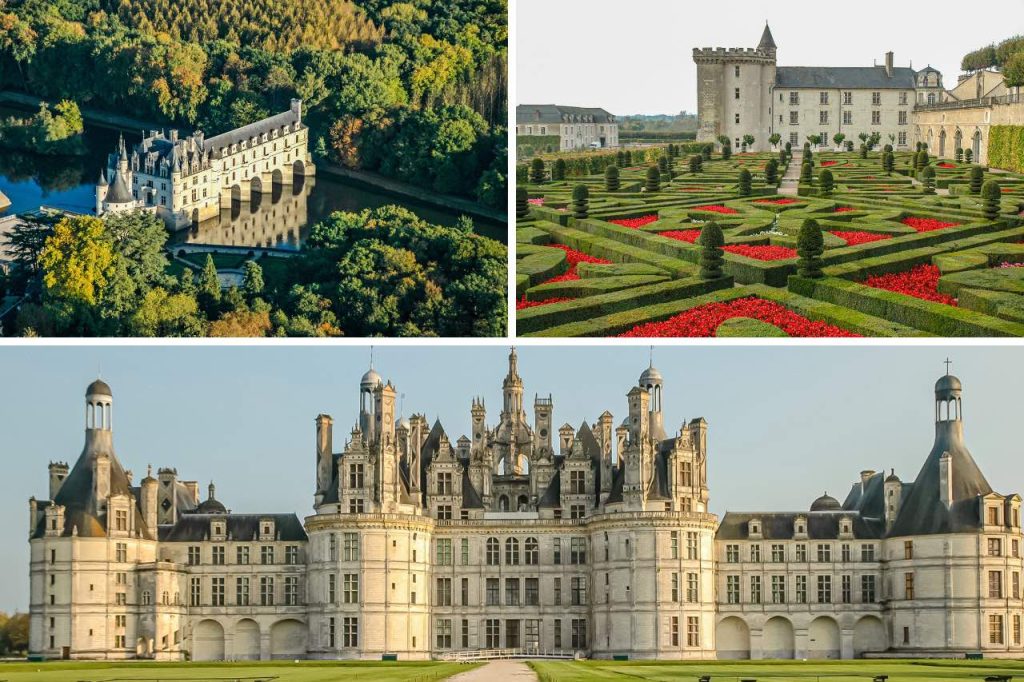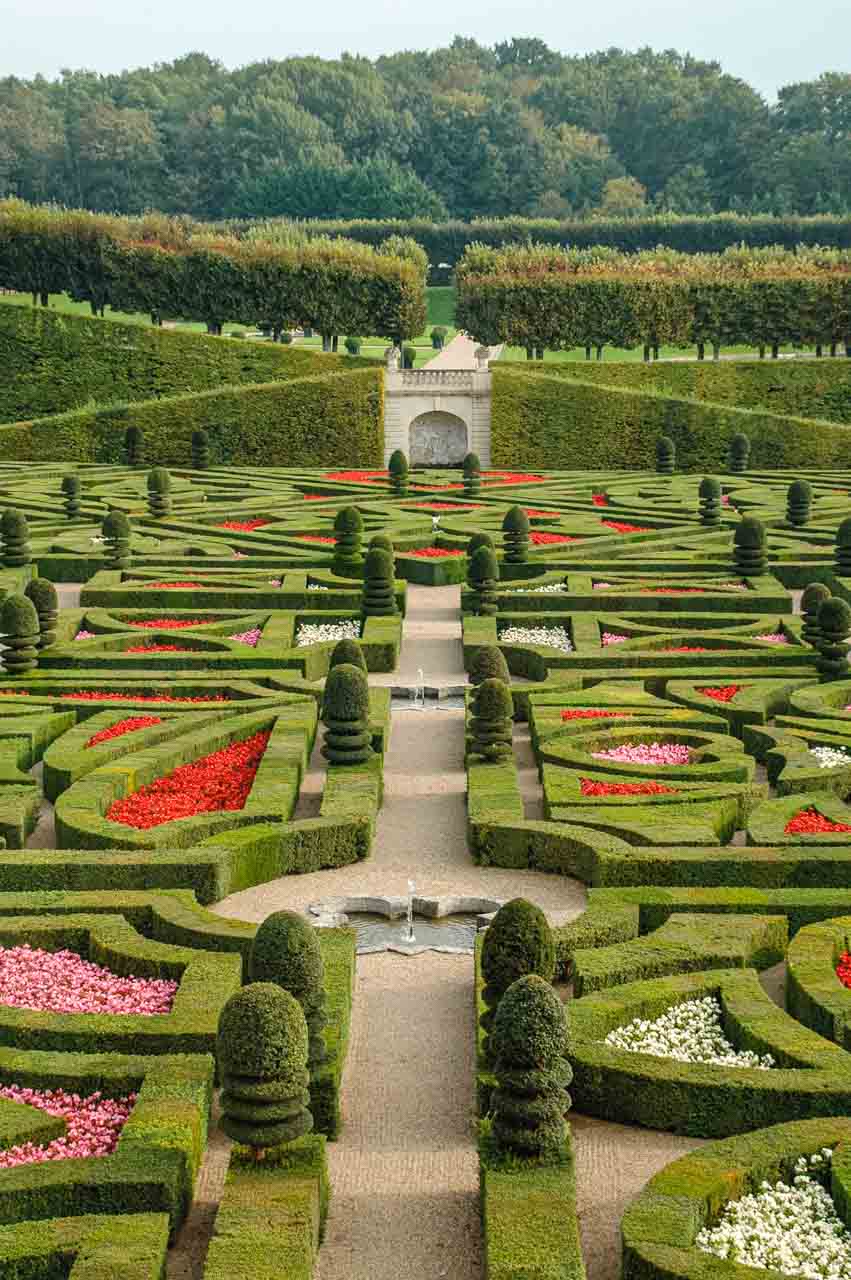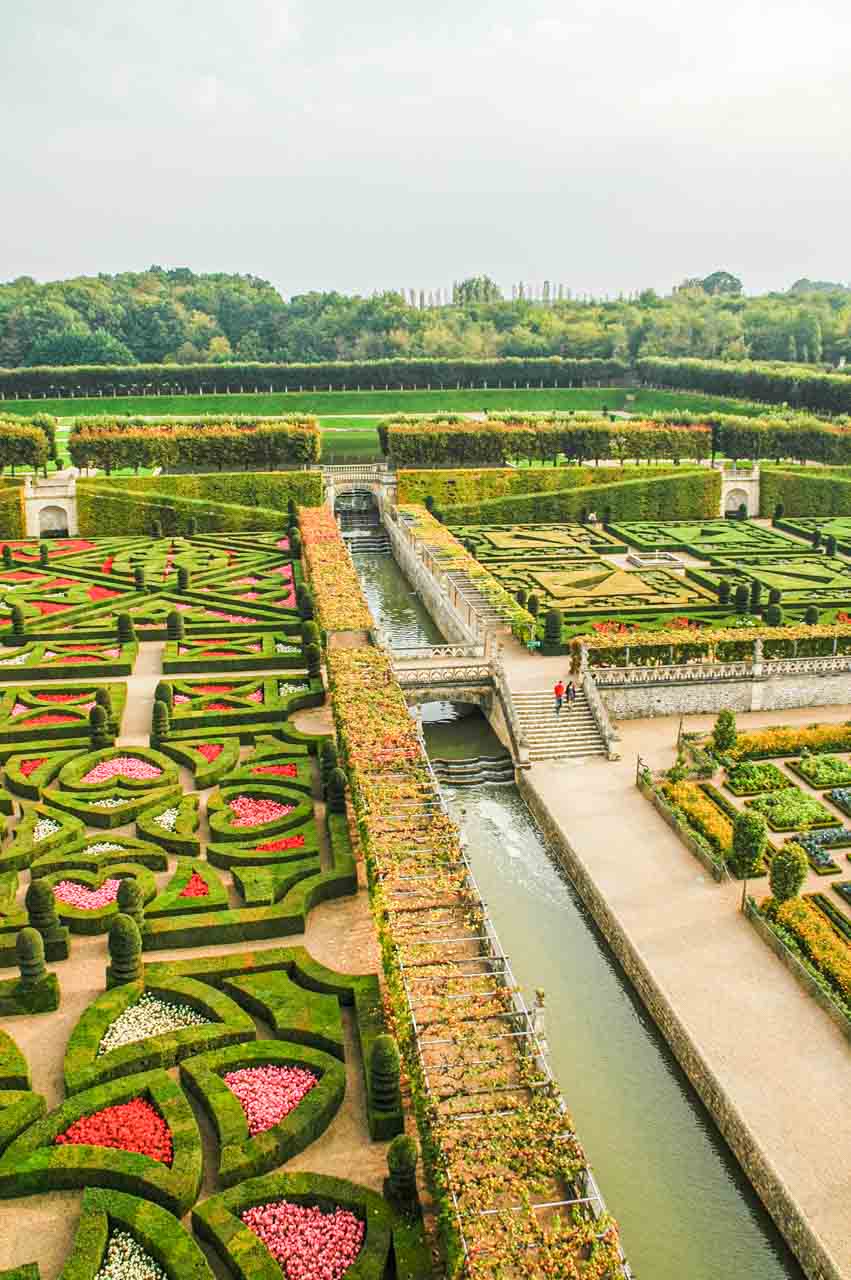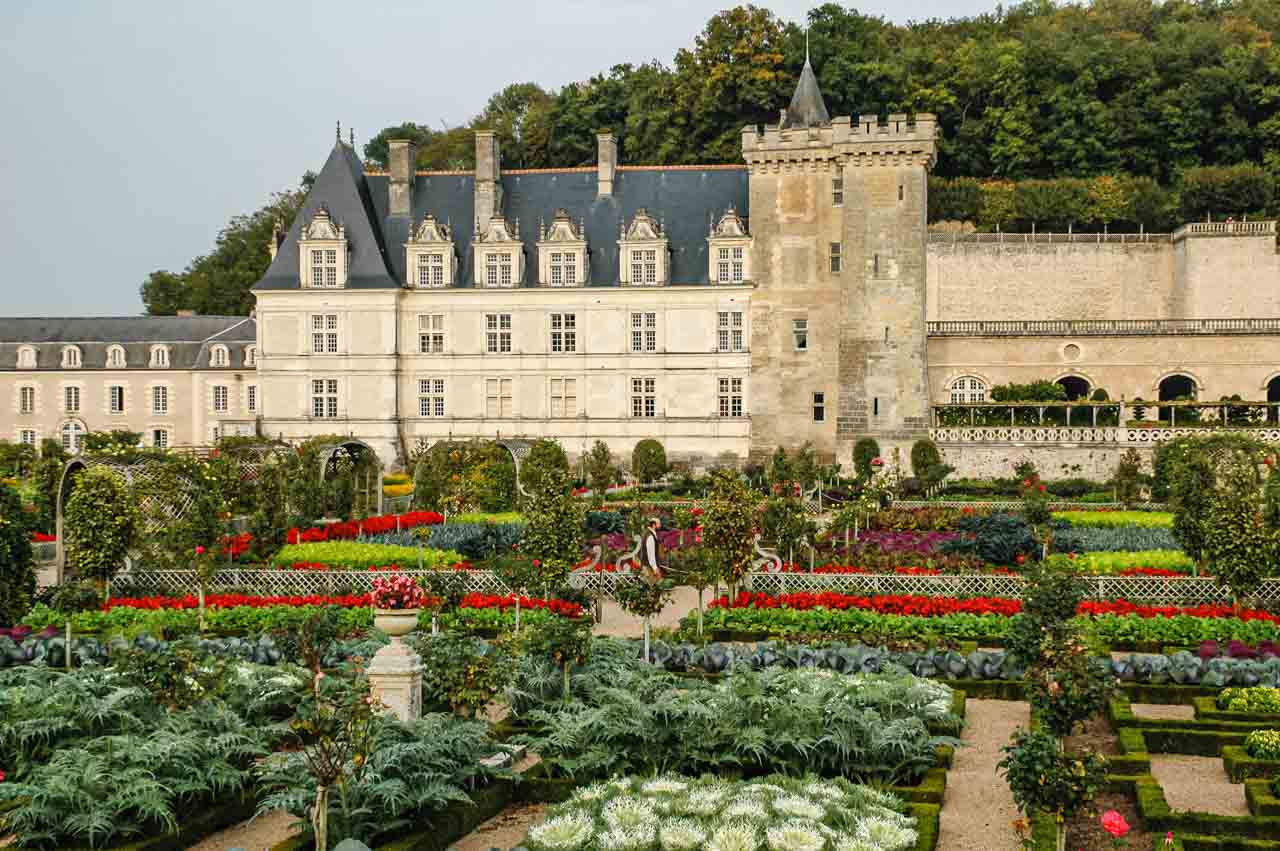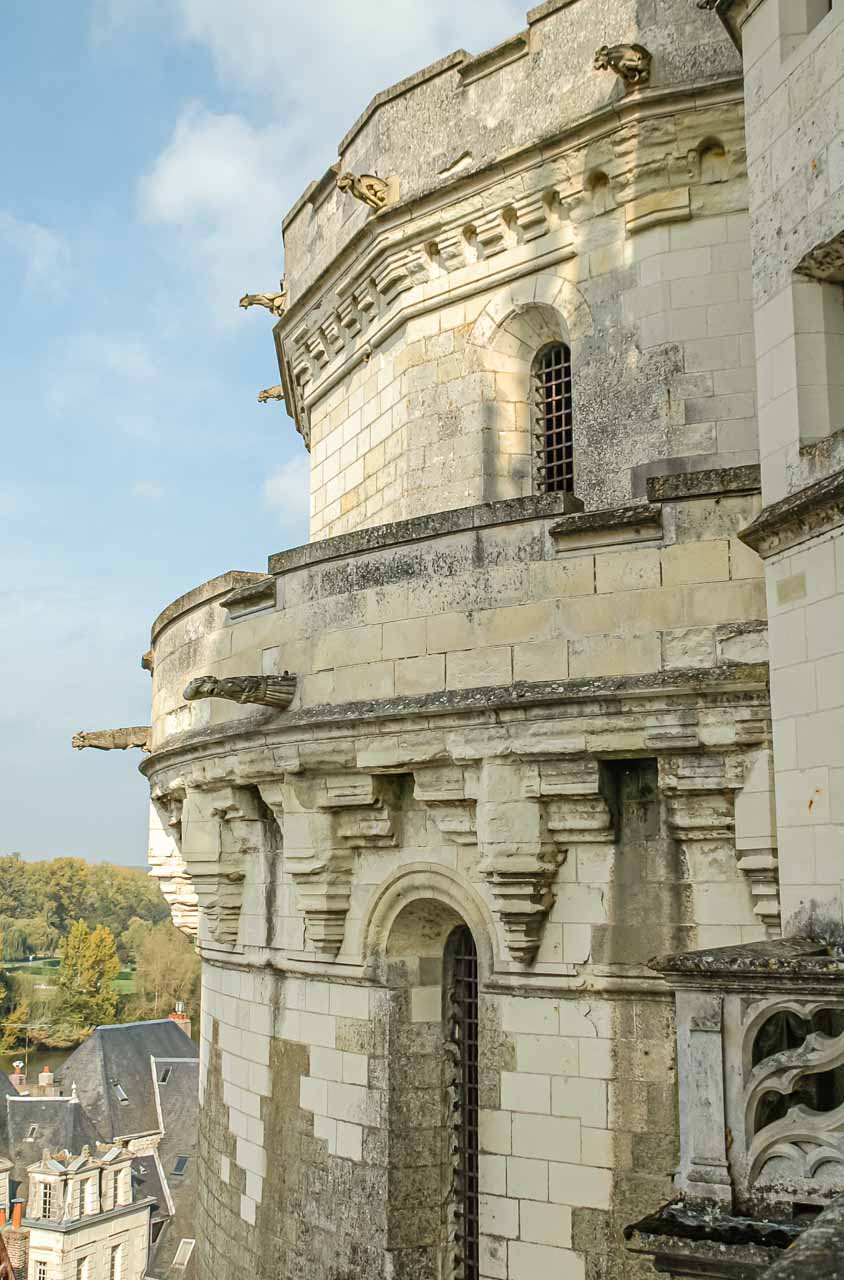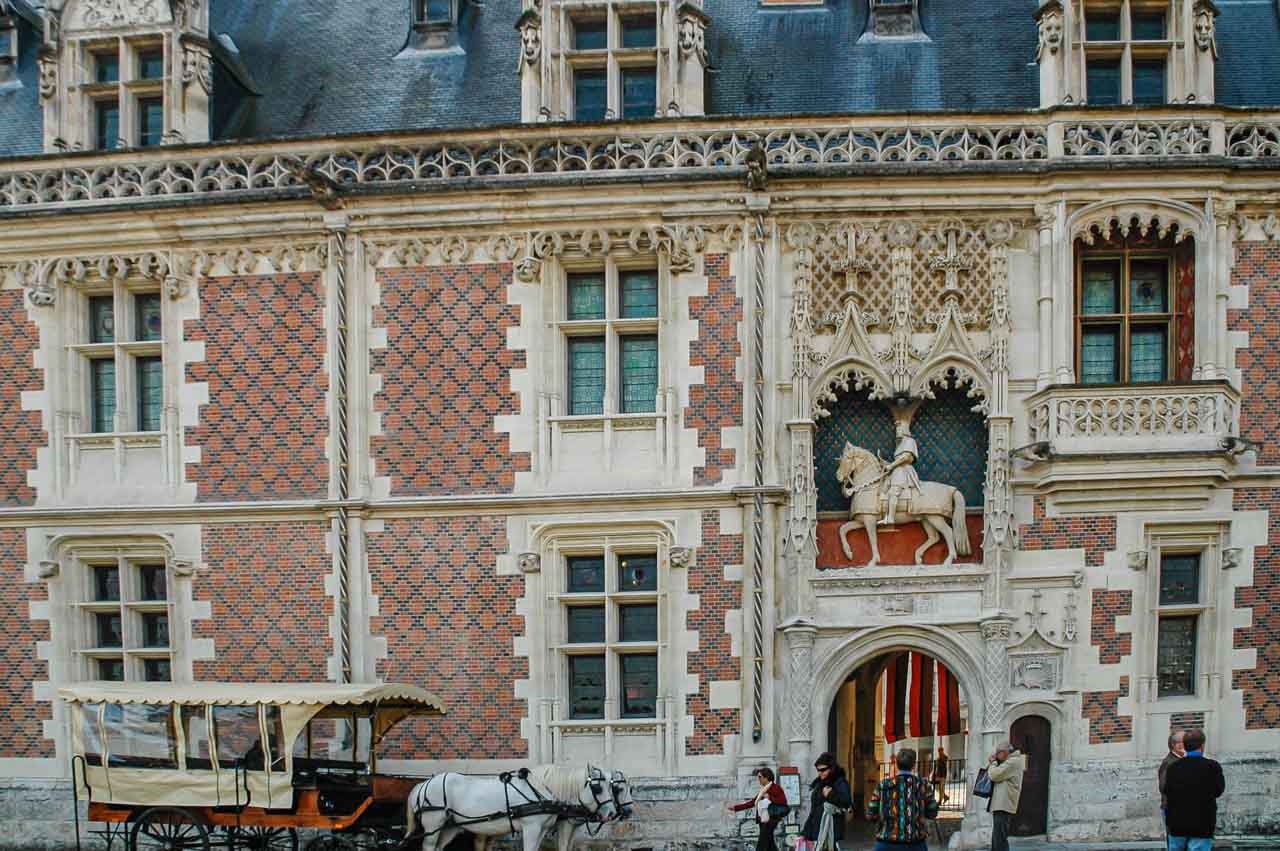Whispers of Royalty: A Brief Tour Through the Royal Treasures of the Loire Valley – Immerse Yourself in the Grandeur and Romance of Seven Exquisite French Castles.
The Loire Valley, between Sully-sur-Loir and Chalonnes, was declared a UNESCO World Heritage Site in 2000. This region in central France is famous for its stunning scenery, historical significance, and world-class wines, but it is best known for its spectacular chateaux. These grand structures, with their imposing facades, intricate details, and sprawling gardens, offer visitors a unique glimpse into centuries of royal splendour.
In this blog post, I invite you on a majestic journey through time and architecture, unveiling seven magnificent castles that have helped shape the Loire Valley’s iconic landscape. I’ll take you to the meticulously manicured gardens of Chateau de Villandry, the Renaissance grandeur of Chateau d’Amboise, and Chateau de Chenonceau’s graceful arches spanning the Cher River.
“See 7 Unique French Chateaux in the Beautiful Loire Valley” promises an unforgettable journey through a world of royal luxury and timeless charm. There is a chateau to captivate every visitor.
Getting around the chateaux
I have three suggestions for you on getting to the chateaux in the Loire Valley:
- Indulge in the freedom of a self-drive road trip around the chateaux. If you don’t have your own vehicle, pick up a hire car in Tours and head to Chateau de Villandry for your first castle. You can catch the TGV (fast train) from Paris to Tours, visit the chateaux in the order presented in this post, and drop the hire car off in Orleans.
- If you don’t like driving in a strange country, especially if this entails driving on the side of the road you are unfamiliar with, then a guided day tour or two may be the way to go.
- Or, if you’re like me and want to visit the chateaux in the most relaxed fashion possible, take a river cruise on a hotel barge. A hotel barge cruise in the Loire Valley is a truly unique and unforgettable travel experience. It is a perfect way to relax, explore a beautiful region, and indulge in the finer things in life.
More than 300 chateaux are in the Loire Valley, and about 100 are open to the public. So, no matter how you plan to get around, you need to consider which chateaux you want to visit, as I doubt you will get to all of them.
This post takes you to the seven chateaux I visited with my family while cruising on a hotel barge on the Cher River.
Chateau de Villandry
Chateau de Villandry is located at the confluence of the Loire and Cher rivers. Completed in 1536, it was built on the site of an old 12th-century fortress, with the medieval tower still existing. The chateau exemplifies Renaissance architecture, characterised by symmetry, classical proportions, columns, and arches, while its richly decorated interior reflects various historical periods. However, it is the magnificent gardens that Chateau de Villandry is famous for, having been lovingly restored to their Renaissance glory in the early 1900s.
We were given a guided tour of Chateau de Villandry’s interior, but I most enjoyed spending time on my own, leisurely wandering around and exploring the exquisite gardens.
Chateau de Villandry’s gardens cover about nine hectares. They are laid out in a formal Renaissance style and divided into several terraces, including the Ornamental Garden, Water Garden, and Sun Garden.
I was particularly captivated by the 16th-century-style Kitchen Garden, where the vegetables are laid out in a colourful chequerboard pattern according to their type. Enough to make anyone want to eat their veggies!
Chateau de Villandry has been the home of the Carvallo family since 1906. It is an acknowledged historic monument and part of the Loire Valley UNESCO World Heritage Site.
Chateau d’Amboise
The stunning Chateau d’Amboise, also referred to as Chateau Royal d’Amboise, is a historically significant royal residence with a rich past.
Originally a medieval fortress, Chateau d’Amboise became a royal residence in the late 15th century when King Charles VIII transformed it into a luxurious palace. Later, King Francis I continued its development, turning the chateau into a symbol of the French Renaissance.
Chateau d’Amboise is a mix of Gothic and Renaissance architectural styles with impressive defence structures, such as round towers and fortified walls.
The chateau is situated on top of a hill in the heart of Amboise, offering panoramic views of the Loire River, the valley, and the town below. It is surrounded by about two hectares of beautifully landscaped gardens and terraces within its walls.
Chateau d’Amboise is part of the Loire Valley UNESCO World Heritage Site.
Chateau d’Amboise is particularly famous for its association with Leonardo da Vinci, the renowned Italian artist and polymath. King Francis I invited Da Vinci to France, and he spent his final three years at the nearby Chateau du Clos Luce. Leonardo da Vinci is buried in Saint-Hubert Chapel on the grounds of Chateau d’Amboise.
Chateau du Clos Luce
Chateau du Clos Luce is about 400 metres down the road from Chateau d’Amboise and is renowned for being Leonardo da Vinci’s final residence for the last three years of his life, from 1516 until he died in 1519.
In 1516, King Francis I invited Leonardo da Vinci to Amboise and provided him with the Chateau du Clos Luce as his residence. An underground passageway connects Chateau du Clos Luce and Chateau d’Amboise, enabling the King and da Vinci to meet daily without being recognised.
Chateau du Close Luce is a mix of Gothic and Renaissance architectural styles. It features a red brick and white stone façade, large windows, and elegant towers. Its interior reflects the period when Leonardo da Vinci lived in the chateau, with Renaissance furnishings and tapestries. We were given a guided tour of the rooms where Leonardo lived and worked, including his bedroom and studio.
A large park surrounds Chateau du Clos Luce – Parc Leonardo da Vinci. The park features landscaped gardens, water features, and life-sized models of Leonardo’s most ingenious inventions, including flying and war machines. I had fun walking around the park, learning more about Leonardo’s genius the further I explored – a unique open-air museum.
Chateau du Clos Luce is part of the Loire Valley UNESCO World Heritage Site and offers a unique glimpse into Leonardo da Vinci’s final years of life.
Chateau de Fontenay
Chateau de Fontenay is a winegrowing estate on the banks of the Cher River, cultivating 15 hectares of vines.
If you ever fancied staying in a castle, look no further than Chateau de Fontenay, which offers several guest rooms. When not walking around the castle’s 17 hectares of parkland or joining a bicycle tour, you can visit the vineyards and cellars and enjoy a wine tasting.
Chateau de Fontenay’s splendour complements the scenic beauty along the Cher River.
Chateau de Chenonceau
While all the chateaux we visited on this trip were memorable, Chateau de Chenonceau was my absolute favourite. It was also the only Loire Valley chateau I knew of before our visit.
Completed in 1522, the chateau combines Gothic and Renaissance architectural styles. It has a rich history dominated by an almost uninterrupted succession of influential women who owned and managed its upkeep and construction over the centuries. This dominance of women owners has led to Chateau de Chenonceau being known as ‘The Ladies Castle’.
Chateau de Chenonceau’s famous five-arch bridge spanning the Cher River was built by Diana de Poitiers, mistress of King Henri II and the chateau’s first female owner. Its architecture is unique in the world. The bridge’s interior forms the iconic grey and white chequerboard floored Grand Gallery. At 60 metres long and six metres wide, the Grand Gallery hosted many lavish parties and dances.
Complete your tour of Chateau de Chenonceau with a stroll through its themed gardens, showcasing the beauty of French Renaissance landscaping.
Chateau de Chenonceau was designated a Historic Monument by the French Ministry of Culture in 1840, a title it has retained to the present day.
We got to admire the beauty of this fairytale chateau from land, gliding beneath its arches on a barge and soaring above it in a hot-air balloon. This unparalleled experience provided a truly multifaceted perspective of this architectural gem.
Chateau de Blois
The Royal Chateau de Blois is so named because it was a favourite residence of seven kings and ten queens of France. Built around a massive courtyard, the chateau is a blend of architectural styles, with its four wings built in a different period of history and having its own architectural style.
Each wing is an example of four significant periods in French architecture from the Middle Ages to the 17th century:
- Starting life as a medieval fortress in the 13th century, little remains of the buildings from this period.
- The Louis XIII wing (1498-1500) with its Gothic architecture.
- The Francois I wing (1515-1518) has a Renaissance architectural style and a celebrated external corkscrew staircase.
- The classical architecture of the Gaston d’Orleans wing (1635-1638).
Chateau de Blois has been classified as a Historic Monument since 1845.
Chateau de Chambord
It is said that Chateau de Chambord is one of the most recognisable chateaux in the world because of its distinctive French Renaissance architecture, which blends traditional French medieval forms with classical Renaissance structures. However, I must admit I had never heard of Chateau de Chambord before my visit while cruising the Cher River.
All I can say is I was awestruck when I saw it! Chateau de Chambord is massive! It is the largest and most extravagant chateau in the Loire Valley, with 440 rooms, 84 staircases, and 282 fireplaces. Despite its size, it was built for King Francis I of France (commencing 1519) as a mere hunting lodge! I can well imagine that it did meet its intention as a symbol of King Francis I’s power and wealth.
Chateau de Chambord’s most famous feature is its spiral double helix staircase, consisting of two stairways spiralling around each other, allowing two people to ascend or descend at the same time without ever seeing each other. It is believed, though unsupported, that Leonardo da Vinci may have had a hand in designing this staircase.
The chateau’s roofline, with its numerous towers, chimneys, and dormer windows, resembles a small city from a distance.
The chateau is set in a vast 5,433-hectare park and hunting reserve enclosed by a 32-kilometre wall, making it the largest enclosed park in Europe.
Chateau de Chambord is a UNESCO World Heritage Site and a must-see for any visitor to the Loire Valley. It has been owned by the French State since 1930.
As you and I conclude this journey to these magnificent chateaux of the Loire Valley, it’s clear that each offers a unique window into France’s rich history and architectural splendour. From the meticulously manicured gardens of Chateau de Villandry to the royal residence of Chateau d’Amboise, from Leonardo da Vinci’s final home at Chateau du Clos Luce to the elegance of Chateau de Chenonceau bridging the Cher River and from the architectural evolution on display at Chateau de Blois to the grand hunting lodge of Chateau de Chambord, each castle tells its captivating story.
I encourage you to embark on your own adventure through France’s beautiful Loire Valley, exploring its spectacular castles and creating memories that will last a lifetime. Whether you’re a history buff, a garden enthusiast, or simply seeking a touch of royal luxury, the French chateaux in the Loire Valley await, ready to reveal their treasures and transport you to a world of elegance, history, and wonder.
Let your heart be captured, and your imagination ignited!
Disclaimer: This post contains no affiliate links. All views and opinions are my own and non-sponsored. All photos are my own and remain the copyright of Just Me Travel.
© Just Me Travel 2018-2024.
Have you travelled to France’s Loire Valley? Which chateaux would you recommend to my readers? What lasting memories would you like to share?
I love hearing from you and look forward to reading and responding to your comments. Please join the conversation by leaving a comment below.
Like this post? Save it for Later!
Author’s Note: Please check the latest travel restrictions before planning any trip and follow government advice.
You might also like
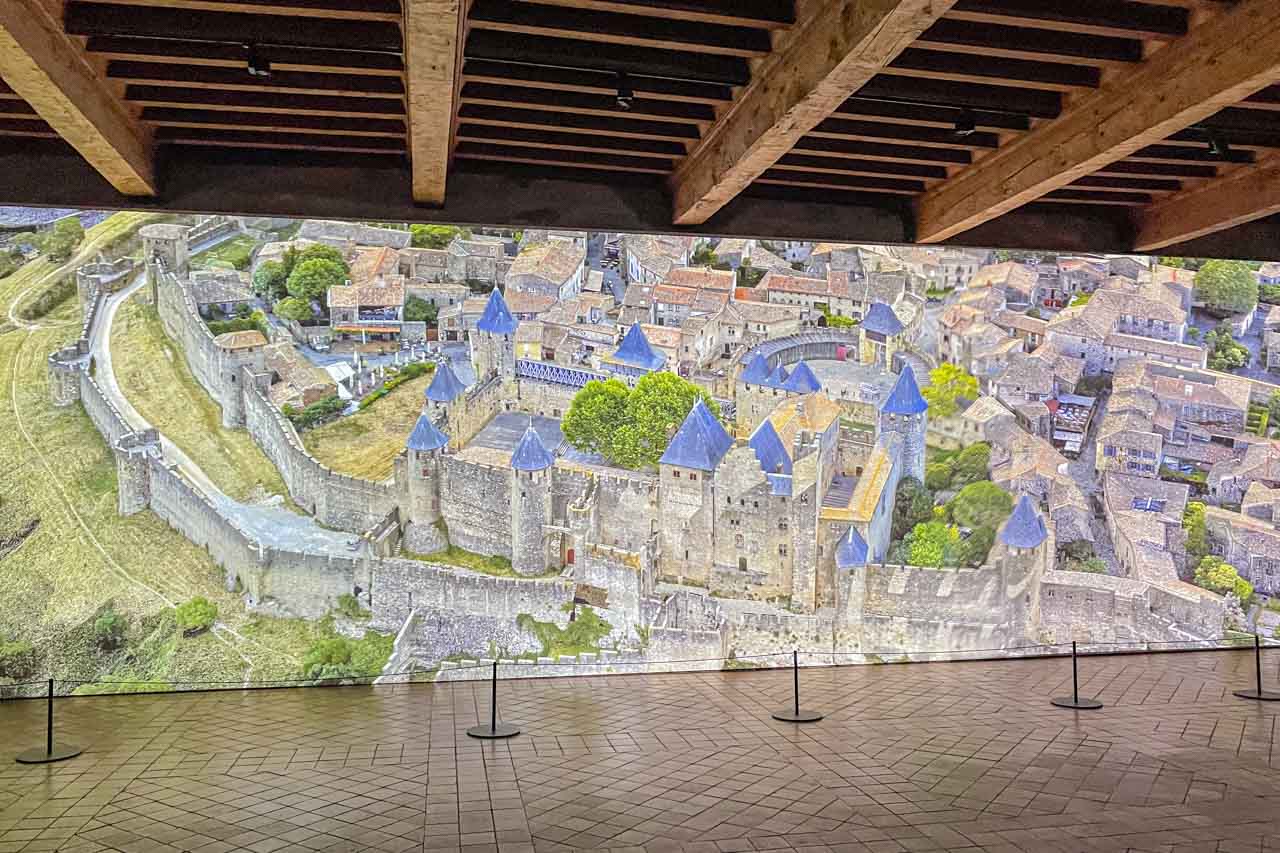 CARCASSONNE CITADEL – The Best-Preserved Medieval Town in France. A morning visit to Carcassonne Citadel does not do justice to this medieval treasure in Southern France. I recommend three days.
CARCASSONNE CITADEL – The Best-Preserved Medieval Town in France. A morning visit to Carcassonne Citadel does not do justice to this medieval treasure in Southern France. I recommend three days.
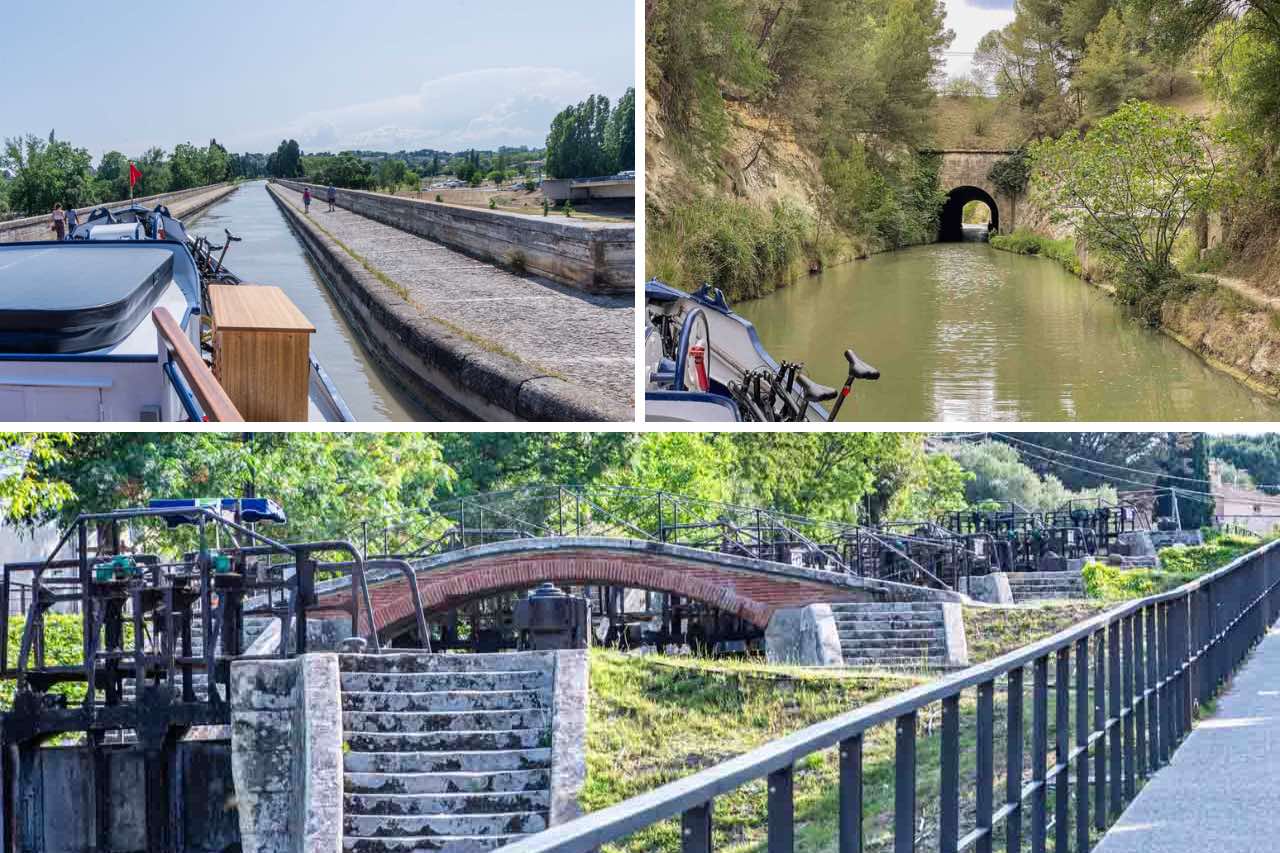 SEE 3 ASTOUNDING ENGINEERING MARVELS ON THE CANAL DU MIDI. Prepare to be awestruck by three engineering feats that have stood the test of time and captivated all who encounter them.
SEE 3 ASTOUNDING ENGINEERING MARVELS ON THE CANAL DU MIDI. Prepare to be awestruck by three engineering feats that have stood the test of time and captivated all who encounter them.

